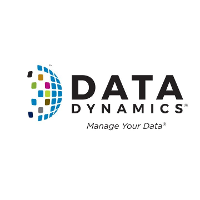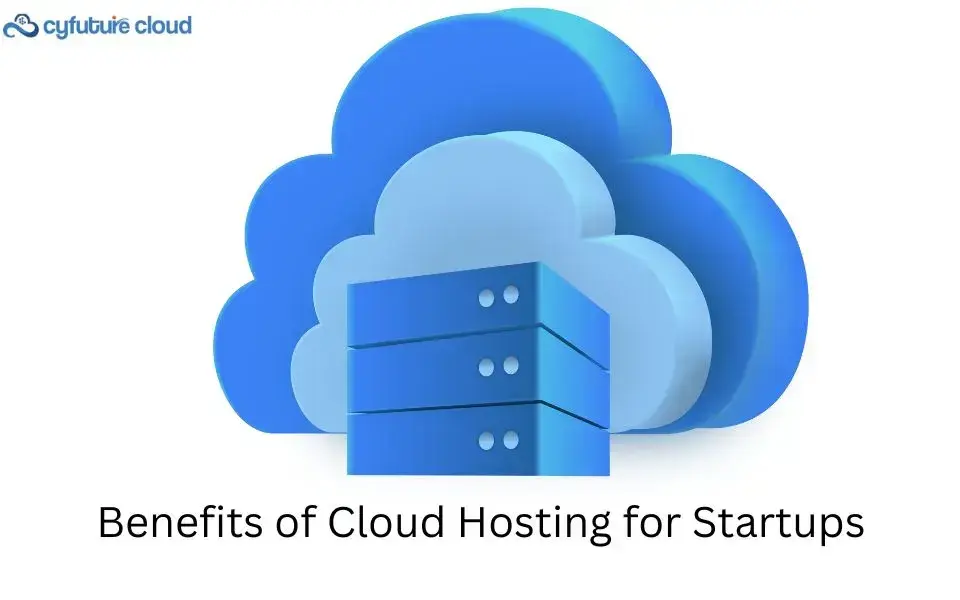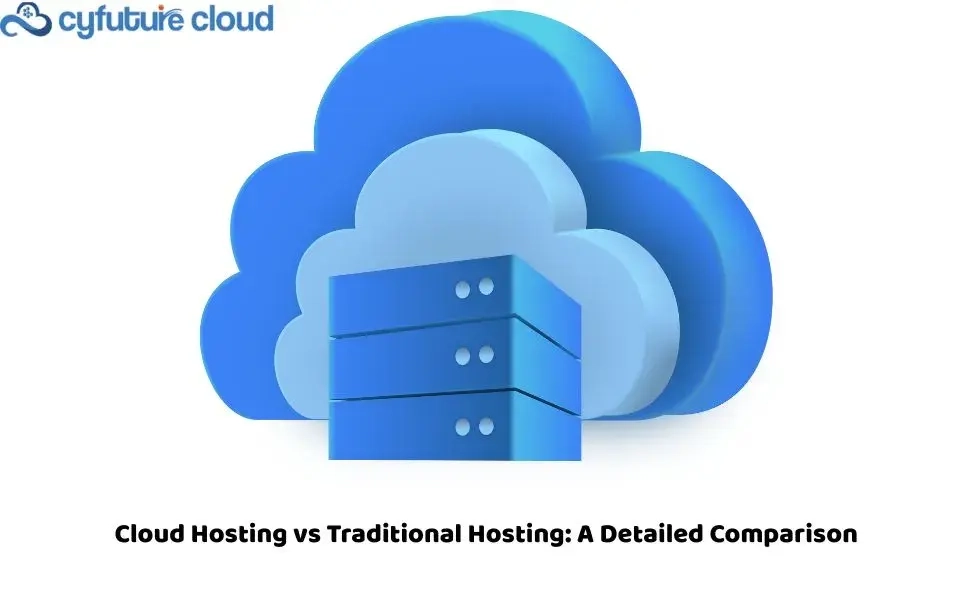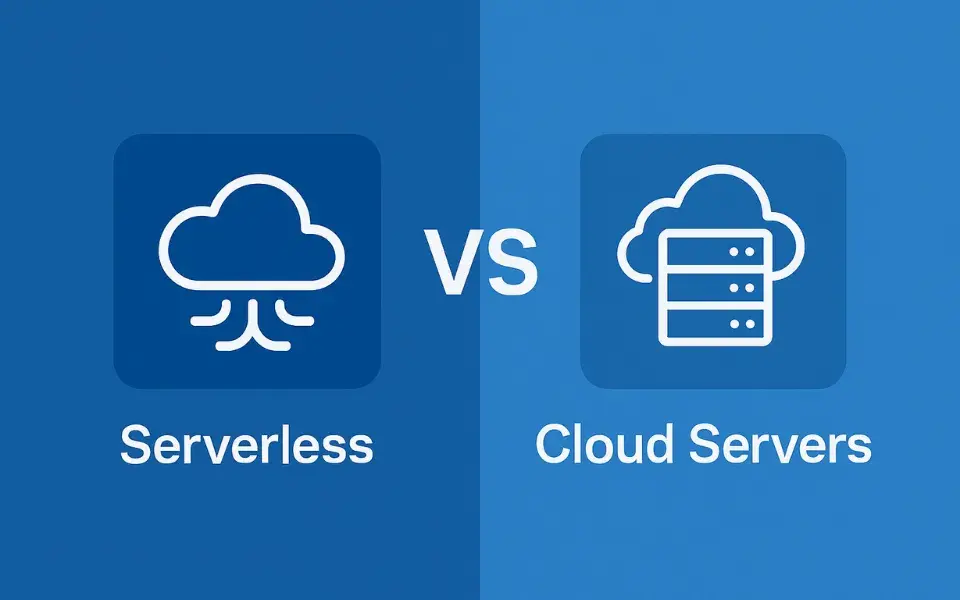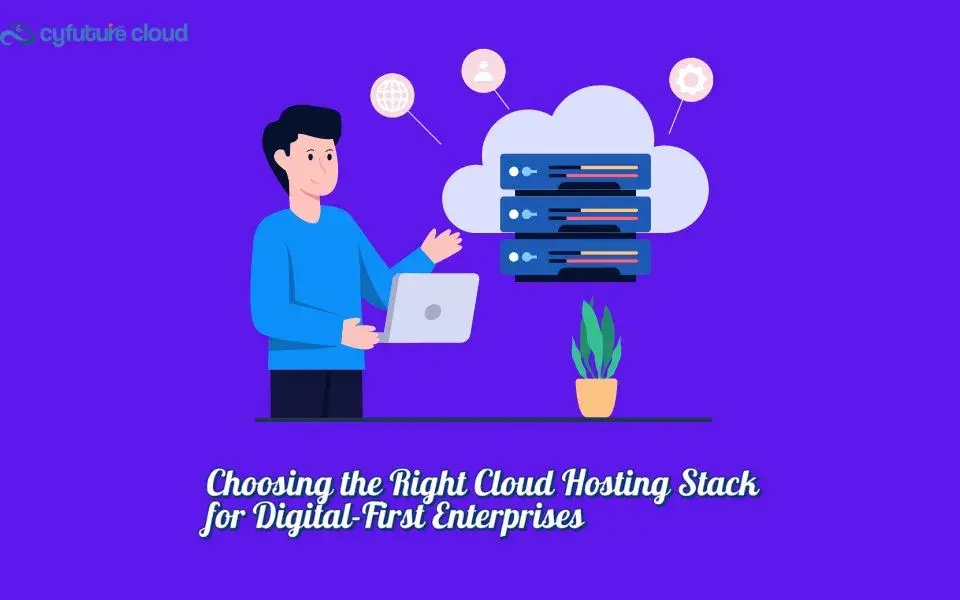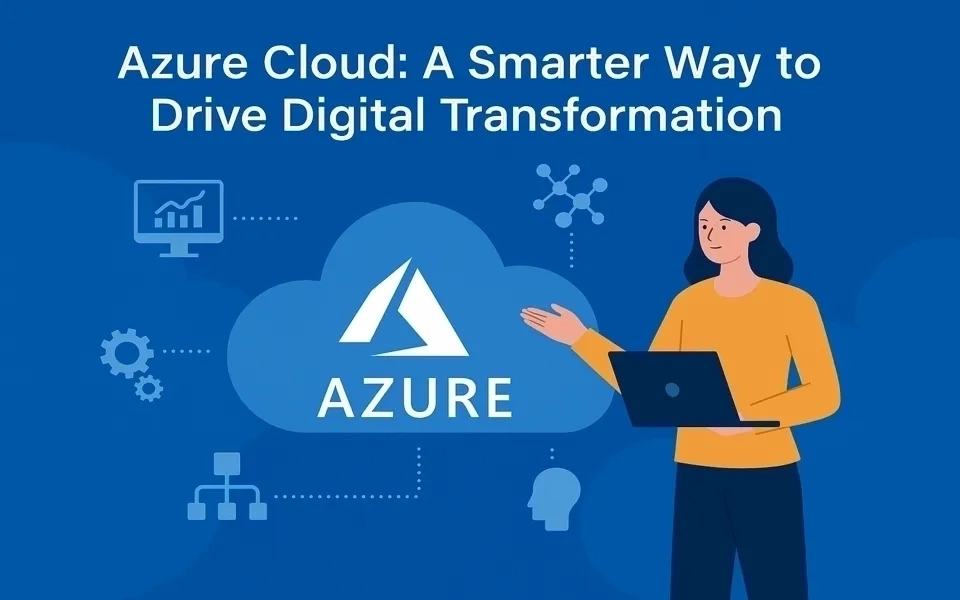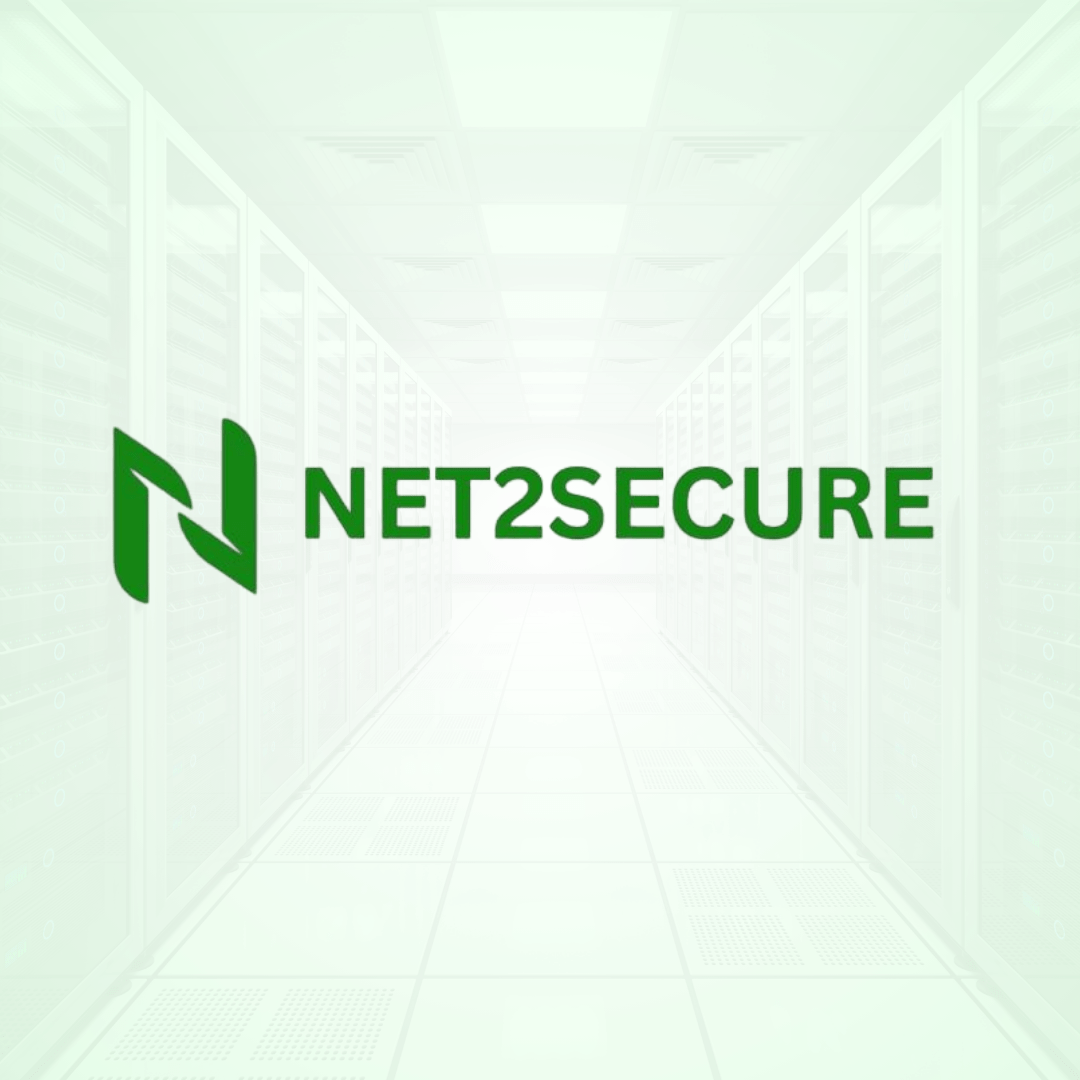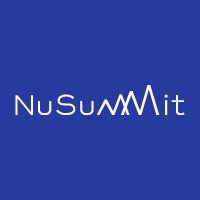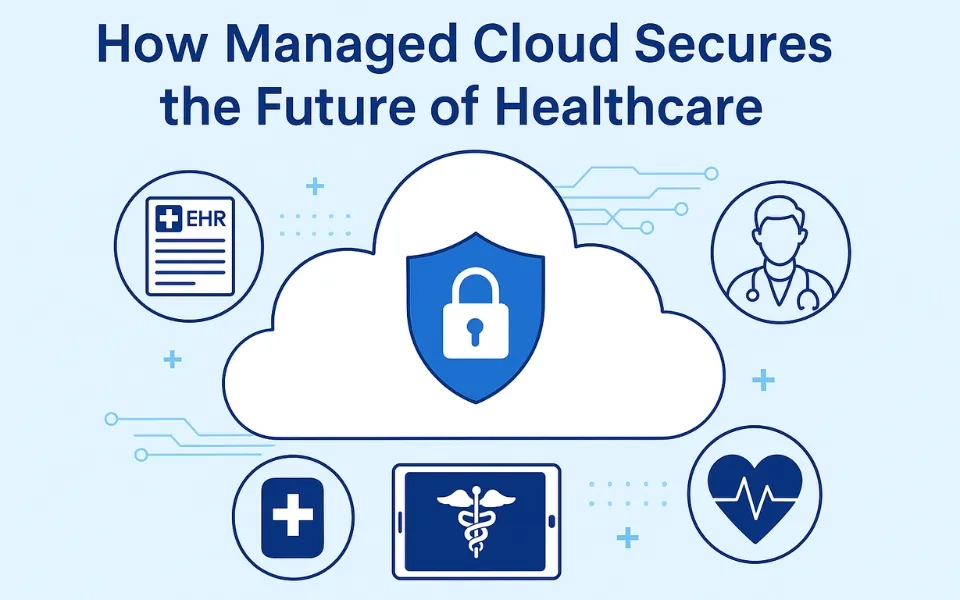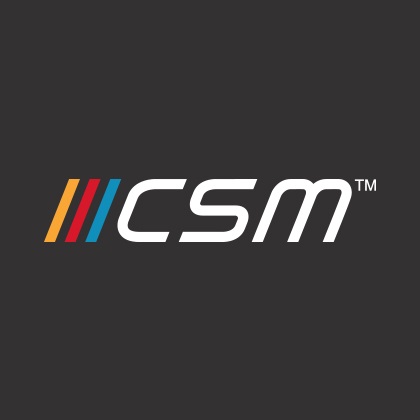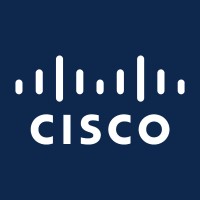The pace of digital transformation across all sectors has increased substantially as enterprises seek to meet the challenges of the modern market. Cloud computing is the key element of digital transformation because it provides the platforms, infrastructure, and applications that are necessary for digital business. We technically live in a world where a global pool of resources is open to everyone, such as apps, services, servers, and data.
With cloud adoption, the data is accessed more efficiently, and further updates become less inconsistent, all the while requiring less administration. Furthermore, cloud computing ensures data security, better data storage, increased synchronization between employees, and greater flexibility. Organizations can now make better decisions as they scale and grow.
Gartner’s prediction of 90% of businesses using cloud services by 2022 confirms our belief that cloud computing is taking over the world.
Even though migrating to the cloud opens new opportunities, there are challenges to overcome. The following list contains the challenges of cloud adoption:
Cloud-based applications and data are increasing in number, so enterprises are challenged with securing them from unauthorized and unauthenticated users, identity theft, data breaches, and a lack of robust security architectures. Additionally, security has become a major concern since the pandemic on account of most employees working remotely.
As cloud providers are required to adhere to strict security regulations, they have strong measures in place to ensure that the infrastructure and data of their clients and themselves are protected. By moving to the cloud, security is not reduced — it is increased.
Despite this, companies storing sensitive and personal data may have concerns about where and how a cloud provider stores data, as well as multi-tenancy; the fact that a provider’s infrastructure is shared by several users.
With over more than 30 years of experience in infrastructure management, Data Dynamics CTO Danny O’Connor shared that if you have multiple copies of data, there is a risk for contamination, inappropriate access, and arguably that sensitive information may be publicized. Knowing where your data is and what footprint it has are key factors for keeping your data safe.
Enterprises today are largely concerned about governance and compliance issues. It has been cited as the primary reason for hesitance in adopting public clouds by 39% of them. Among the challenges associated with effective governance are the shortage of accountability, the absence of a disaster recovery plan, and the inability to establish best practices for cloud compliance.
The location of data is a concern because it affects compliance with data protection regulations, such as GDPR. Data is sometimes transferred to datacenters outside of countries by cloud providers. As regulations do not apply to each country, a company cannot guarantee its security will be compliant in every country. For eg. EU citizen data stored in US datacenters can legally be accessed by US law enforcement for national security reasons, despite being in violation of GDPR.
Our current era is distinguished by the democratization of data, which allows nontechnical users of information systems (data consumers) to access data without IT involvement (data producers). Without data governance, there can be no data privacy. Likewise, data governance cannot exist without data security. All of these are steppingstones, not roadblocks, in the direction of democratizing data in a responsible way. An effective data governance process, especially one that is flexible, is crucial to the success of any kind of data democratization effort.
Over 80% of companies now use more than one cloud provider, some as many as five, for different workloads. This increase in adoption of the multi-cloud strategy is to optimize the Three Cs of Cloud: Cost, Capabilities, and Compliance as multi-cloud offers significant advantages. Despite the advantages of multi-cloud, executives should be aware of the downsides.
Each public cloud vendor has its own portal, its own APIs, and its own unique processes for managing its environment hence giving rise to increasing management complexities. Cybersecurity is challenging enough when everything is on site. It becomes more challenging when data, applications, and platforms are housed in multiple locations, such as company data centers and multiple clouds.
Whenever enterprises migrate workloads from legacy platforms to the cloud or attempt to move data or applications between platforms, they encounter frustrating interoperability issues. 62% of IT leaders face roadblocks when integrating legacy systems into the cloud, according to the VMware and MIT Technology report. The purpose of modernizing legacy IT systems is to improve network security, add new features and functionality, and most importantly, boost productivity. Migration of legacy software involves many obstacles, some pertaining to understanding the nature of the system as it was originally coded.
According to Danny O’Connor, the financial sector has particularly experienced challenges with cloud adoption during the migration of legacy infrastructure. Hybrid is where people are currently going, he states, they will run some workloads in house, but they will also run some workloads in a dedicated external cloud. This is where basically the enterprise creates the architecture, does the engineering, and manages all the risk and compliance in terms of access. Therefore, hybrid is currently prevalent in financial services, and he also believes that over time, cloud adoption will skyrocket.
Many migration projects are plagued with problems related to proprietary systems, nonstandard tools, and nonstandard coding. Taking mission-critical applications such as the ERP suite to the public cloud introduces uncertainty about whether they will function as they did on-premises. Public cloud infrastructure is shared with other enterprises, so enterprises must consider how the size of legacy applications that worked in a dedicated environment will perform in a shared environment.
In the context of data migration, managing the functional transfer of data under different conditions is one of the biggest challenges. It is important to assess the state and condition of the data in the legacy system, for example, looking at whether incomplete or raw data sets will negatively affect migration or use. Danny O’Connor states that it is important to know what your data is and how you are managing it. He further states that from a data protection standpoint, you should know data, especially personal information GDPR and sensitive information about your clients.
He furthers adds that the focus on infrastructure costs is at an all-time high and just investing in a sprawling storage footprint won’t cut it anymore. Buying more storage space is a waste of money. Identifying which data sets need to be migrated is also vital — removing unnecessary data can lower costs quite a bit, but where to cut is the question.
Explaining how effective data management can save you money during your data migration and storage in the cloud, he states that, “I am amazed that if this type of view and approach and tooling was around when I was managing infrastructure, I would have been all over it because it could have helped me reclaim storage footprint, which would mean obviously at some point I may need more but it would delay my next Purchase of that next array. It moved me into the next budget cycle. It helped me meet my number because obviously every year my number needed to be less. So yes, people are gradually getting round to the understanding that there’s a good opportunity here to optimize the understanding of your data and optimizing the underline storage environment that it resides upon.”
As a matter of fact, the advantages of multi-cloud adoption outweigh the shortcomings. Additionally, the cloud ecosystem is rapidly innovating to offer proactive solutions. With Data Dynamics’ Unified Unstructured Data Management Platform, enterprise customers can efficiently, effectively manage data and address cloud adoption challenges related to security, compliance, governance, and cost-savings.
Listen to our podcast to learn how to protect your workload from ransomware and manage your data to improve your cloud storage strategy.





